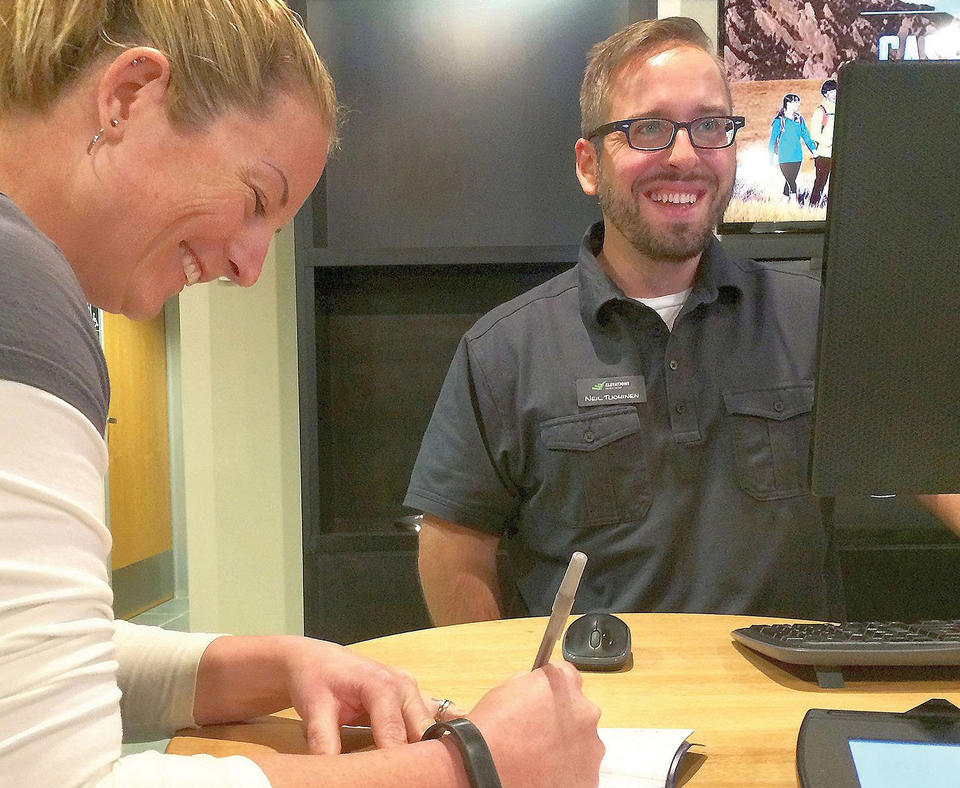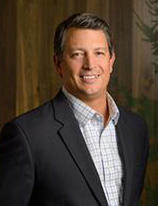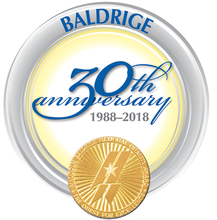Blogrige
The Official Baldrige Blog


Elevations Credit Union
2014 Baldrige Award Recipient
“The journey has not been easy—nothing of excellence ever is,” said Reicks recently. Such a quest “rarely follows straight lines and requires everyone to participate. But it is nothing short of culture-changing, in an amazing and rewarding way.”
At the Baldrige Program’s annual Quest for Excellence® Conference in April, Reicks will present in detail how ECU has used the Baldrige Excellence Framework (which includes the Criteria for Performance Excellence) to surmount challenges and achieve strong performance results year over year. In our latest exchange (shared below), Reicks discussed the upcoming presentation and his thoughts and tips for other organizations on using the Baldrige framework.
Please briefly describe what attendees will learn at your upcoming conference session.
The presentation shares the story of our Baldrige journey and the learning acquired along the way, which I hope will be useful to others who are on their own journey. Our learning is shared through three key themes: Head, Gut, and Heart. The Baldrige journey was definitely intellectually (Head) challenging as we evaluated our answers to the Criteria questions through the power of the framework using ADLI [approach, deployment, learning, and integration—the Baldrige process evaluation factors] and LeTCI [levels, trends, comparisons, and integration—the Baldrige results evaluation factors].
Our sense of what’s truly possible and how we could realistically pursue it (Gut) was consistently challenged as the organization progressed through the annual [Baldrige Award] application, examination, and review of our strengths and OFI [opportunities for improvement] feedback. Most important, our purpose, commitment, and energy (Heart) were reaffirmed as our workforce, members, and stakeholders realized the value brought from the journey.
What are some examples of how your organization has benefitted from your ongoing journey?
- Sustained top decile results in our workforce engagement survey results for key areas, such as responses to the survey item “I understand how my job contributes to this organization’s success.”
- Sustained beneficial trends in results for key growth outcome measures, with performance at benchmark leadership levels within our peer group of comparison organizations in our industry
- Enterprise-wide adoption of business process management (BPM) drives a systems-thinking, process-centric culture promoting fact-based decision making, learning, continuous improvement, and innovation
What are your top tips for introducing or sustaining use of the Baldrige framework to promote an organization’s success?
- Start with the Organizational Profile. Doing this was highly revealing for our organization! We found when putting what we thought we knew into writing that we either didn’t have agreement or that we really hadn’t thought deeply about who our true competitors were, what our core competencies were, strategic advantages, challenges, etc. We actually spent the bulk of a year as a senior leadership team hashing this out, which proved invaluable to answering the Criteria questions in the process categories (1–6).
- Get a Baldrige coach. Being wrapped up in daily operations and being an insider within your own team makes it hugely difficult to (1) maintain perspective around both your strengths and OFIs, which causes you to think you are moving too slow or too fast when you might be doing the opposite; and (2) find that some of the topics you need to openly debate with your team are just too difficult/sensitive to have an insider facilitate, perhaps because you are already biased (it’s hard not to be). A lot of the conversations a Baldrige self-assessment may prompt among the leadership team do not involve emotion-free, mechanical decisions but, rather, sometimes emotionally charged, philosophical or ideological decisions that determine or otherwise affect your culture (e.g., affecting mission, vision, values, and core competencies).
- Leverage your state-level or regional Baldrige program (if your state doesn’t have one, pick one of the others in the Alliance for Performance Excellence). Send your key folks to be an examiner. Submit a [Baldrige Criteria-based] award application, and have a team come to your site, interview your folks, look at your results, and give you a feedback report, which will likely reinforce what you already know and maybe expose a few blind spots for you to consider. Then, repeat.
- “Steal” (best practices) “shamelessly” from others who have been on the journey. The Baldrige Award recipient application summaries on the BPEP website are great. I found my favorites and went to them repeatedly when I became stuck in working on our own Baldrige Award application; a bunch of our organization’s materials can be found on our website, too.
- Frame your organization’s Baldrige journey as being about “how” to make what you’re already doing better, rather than conveying it as additional or different work. Your team may already be asking and answering all the questions in the Criteria but just not doing so as explicitly and systematically as the Baldrige framework and Criteria allow (that is, with ADLI and LeTCI answers to the Criteria questions organized within a framework that requires systems thinking versus functional/department-centric thinking).
What do you view as key reasons or ways that organizations in your sector can benefit from using the Baldrige framework?
The key reason is to achieve sustained performance excellence. This results from focused, mission-driven individuals operating as a team, using aligned and integrated work processes to create ever-increasing value for customers (as measured through the balance of several lenses) to achieve a meaningful organizational vision.
What is your “elevator pitch” about the Baldrige framework and organizational assessment approach? In other words, what would you say to a group of senior leaders in your sector who are unfamiliar with the Baldrige framework if you had 1-2 minutes to tell them something about it?
I would say, “The Baldrige Criteria are the questions the best organizations are not only asking themselves, but also are purposefully answering with rigor, consistency, outside scrutiny, and an eye for innovation.”
Similarly, what would you say to a group of college business students about the Baldrige framework?
College exposes you to a wealth of understanding and demonstrates your competency in a domain of knowledge via your chosen degree. The Baldrige framework and examination process provides the vehicle by which all the hard skills (domain knowledge) and soft skills (human and organizational behavior) come together. While many have been exposed to a capstone simulation in a master’s degree of business administration (MBA) program of studies, the realities of working within an organization assigned to a department or function often don’t translate well. But Baldrige helps bring the capstone simulation to reality for everyone within an organization, bringing both the zoom-out macro-level understanding of decisions’ causes and effects as well as the daily zoom-in optimization of the individual pieces of the whole.
When did you first hear about the Baldrige framework? What were your initial thoughts or “aha” moments as you began learning about it?
In 2008, our CEO asked us to start evaluating whether to use the Baldrige framework. Initially, I thought it was another tool to be compared to others such as Lean Six Sigma. Gradually, I realized it was the toolbox by which all other tools are aligned and integrated in their use and evaluation.
How did you and your colleagues first react or feel after learning your organization would receive the Baldrige Award?
We were honored, yet felt very humble. Winning the Baldrige Award brings a clear understanding about how much opportunity for improvement still exists and is actually possible. We are proud of what we accomplished, yet keenly aware of how much more we need, want, and are eager to do to improve our organization.
How has your perception of the Baldrige community changed since your organization became a Baldrige Award recipient?
We have gained a greater appreciation for how earnest those in the Baldrige community are. Those who find their way to and stick with this kind of journey do it because they are purpose-driven and seek to create value that is both meaningful and lasting for the good of the people they serve.
COME. LEARN. NETWORK. ENGAGE.

Quest for Excellence® Conference
BALTIMORE | April 8–11, 2018
Join us for the 30th Anniversary Quest for Excellence Conference showcasing the best practices of the 2017 Baldrige Award recipients!
AWARD CEREMONY
Sunday, April 8
Join us Sunday evening for the Award Ceremony and Dinner honoring the 2017 recipients.





